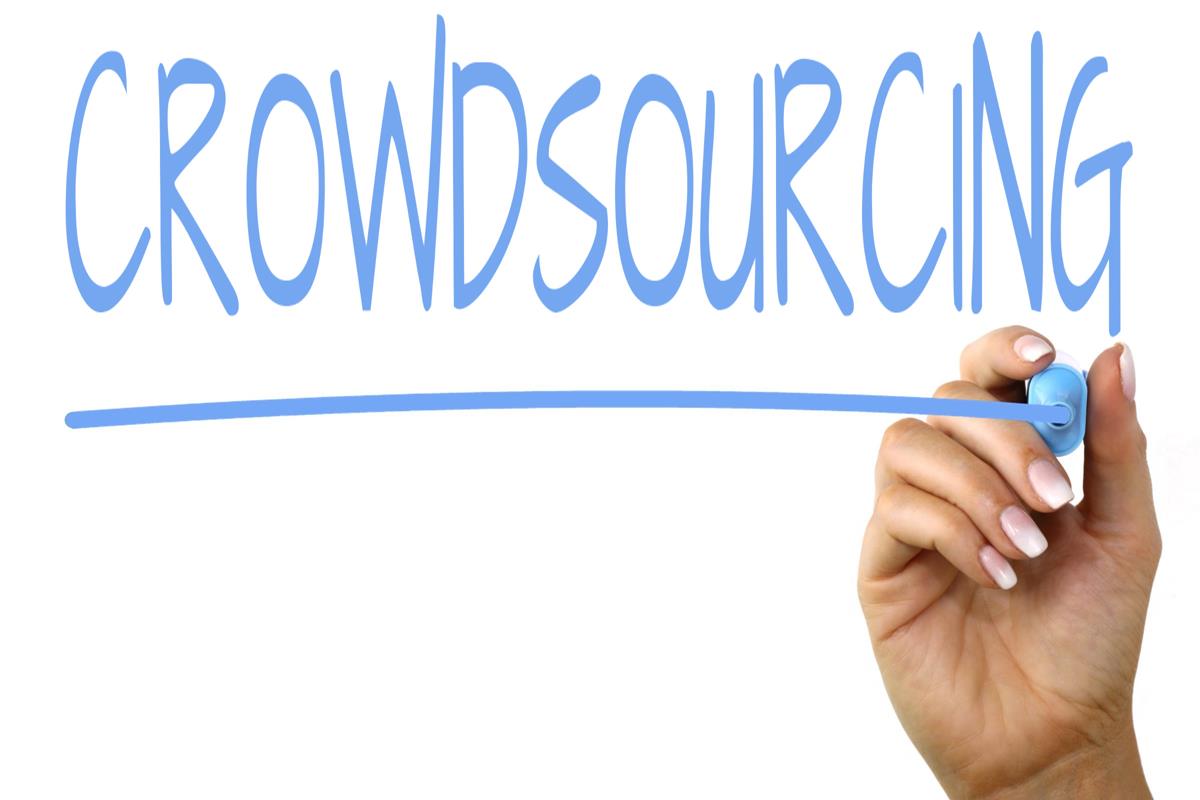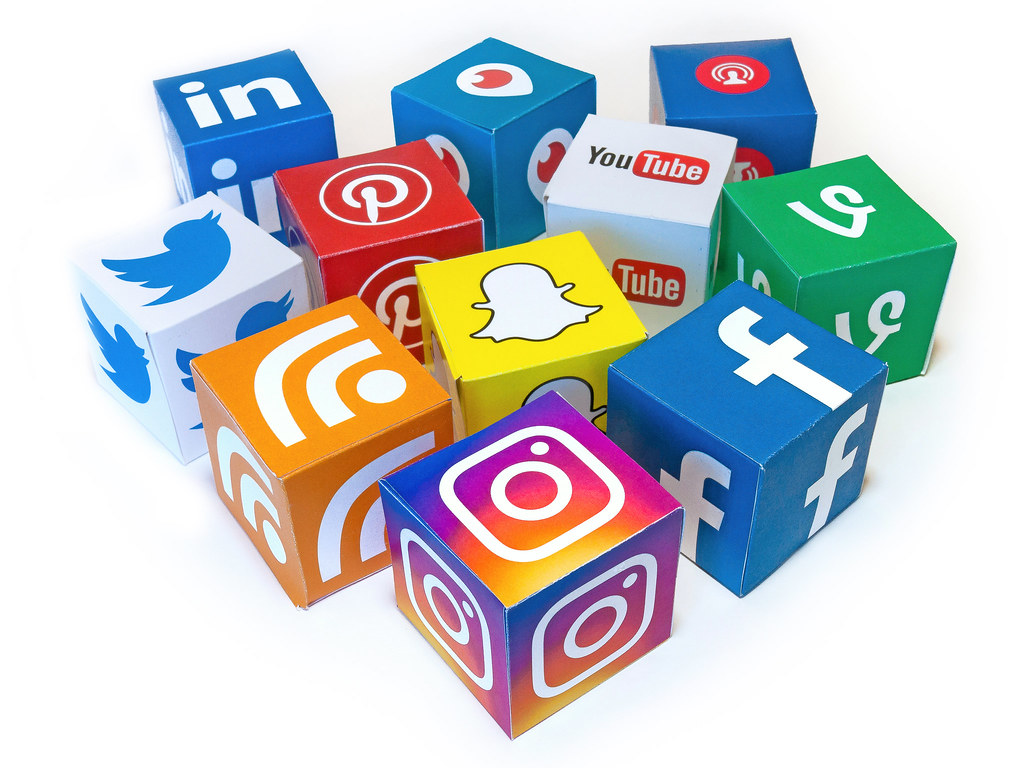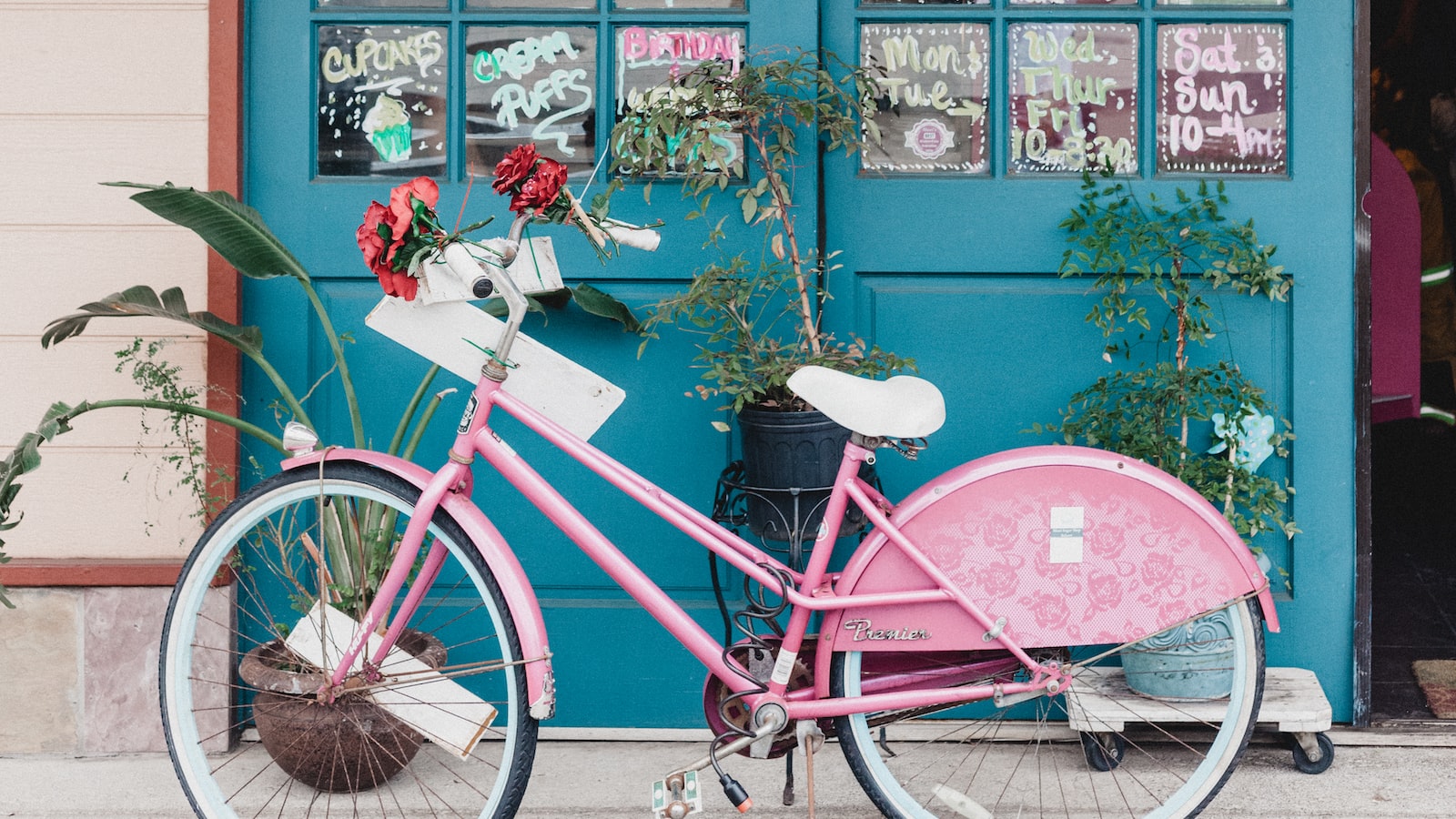

Close

In the lush paradise of Maui, where turquoise waters gently kiss golden shores, the serene tranquility can sometimes be shaken by unforeseen calamities. When disaster strikes this idyllic island, the lives of its inhabitants are left in upheaval, and the need for accurate and timely information becomes paramount. It is in these moments of turmoil and uncertainty that an unexpected savior emerges – the ever-evolving realm of social media. In a remarkable turn of events, it is now becoming increasingly apparent that social media platforms are filling the void in post-disaster reporting in Maui, providing a ray of hope amidst the chaos. With a neutral lens, let us delve into this phenomenon, exploring how this new form of information sharing is revolutionizing the way we navigate through times of crisis.![]()
Social media has emerged as a powerful tool in the aftermath of crises, providing an unprecedented platform for real-time reporting and communication. In today’s digital age, information travels faster than ever before, and social media plays a pivotal role in disseminating critical updates and amplifying the voices of those affected. Whether it’s a natural disaster, a terrorist attack, or a civil unrest, social media allows individuals to share their experiences, document events, and connect with others in real-time.
One of the key advantages of social media in the aftermath is its ability to break down geographical barriers, allowing people from all over the world to stay informed and engaged. Through hashtags, newsfeeds, and trending topics, social media platforms facilitate the rapid spread of information, enabling users to access news updates from various sources, including eyewitnesses at the scene. By aggregating these different perspectives, social media ensures a more comprehensive and diverse narrative, enhancing the understanding of the situation at hand. Additionally, social media acts as a catalyst for mobilization and support, as it empowers individuals to organize relief efforts, fundraising campaigns, and provide assistance to those in need.

When disaster strikes, communities must come together to rebuild, recover, and emerge stronger than before. In Maui, the power of crowdsourcing has become a catalyst for empowering these communities in their post-disaster resilience efforts. With its unique blend of innovation and collaboration, crowdsourcing has proven to be a game-changer, allowing residents to actively participate and contribute their skills, knowledge, and resources to accelerate the recovery process.
One of the key ways in which crowdsourcing has made a significant impact in Maui is through the formation of online platforms that connect community members in need with those who are willing to lend a hand. These platforms act as a virtual marketplace, where individuals can offer their services, such as construction, plumbing, or even counseling, to those who require assistance. By harnessing the power of crowds, these platforms ensure that no one is left behind, creating a sense of unity and resilience across the entire island.
Through the innovative use of crowdsourcing, Maui’s communities are transforming the way they respond to disasters. By empowering individuals to actively participate and support one another, these communities are building a more resilient and connected society for a brighter future.

Social media has become a force to be reckoned with in the realm of reporting. It has revolutionized the way news is shared and consumed, allowing for real-time updates and instant engagement with audiences. To make the most of this powerful tool, it is essential to follow some guidelines for effective reporting through social media:
In addition to these essential guidelines, it is crucial to stay updated with the latest social media trends and algorithms to maximize your reach and impact. Regularly analyze your engagement metrics to assess what content resonates the most with your audience and adjust your reporting strategies accordingly. Harnessing the power of social media for effective reporting requires a deep understanding of the platform, a commitment to authenticity, and the ability to adapt to the ever-changing digital landscape.

In today’s digital age, social media has become a powerful tool for spreading information rapidly. When it comes to disaster reporting in Maui, harnessing the potential of social media can play a crucial role in ensuring accuracy and timeliness. Here are some tips to make the most out of social media platforms when reporting on disasters:
When it comes to disaster reporting, leveraging the power of social media platforms can make a significant impact. By adhering to these tips, reporters can contribute to the accurate and timely spread of information, ultimately helping the Maui community stay informed and safe during challenging times.
In the midst of chaos and devastation, an unexpected hero arose on the scenic shores of Maui: social media. As our traditional means of communication faltered in the face of disaster, it was this modern marvel that stepped up to fill the void in post-disaster reporting. Through tweets, Facebook posts, and Instagram stories, the real-time narrative of resilience, compassion, and unity unfolded before our eyes.
Amidst the wreckage left behind by nature’s wrath, social media became the collective voice of a community grappling with the aftermath. From locals capturing the raw power of nature’s fury to tourists recounting their harrowing experiences, these platforms offered a window into a world forever changed.
In the absence of widespread news coverage, ordinary individuals became accidental journalists, armed with nothing more than their smartphones. They captured the spirit of survival, documenting the tireless efforts of first responders, the generosity of neighbors helping strangers, and the indomitable human spirit refusing to be broken.
With each uploaded image and heartfelt caption, a virtual community formed, offering support, solace, and even practical assistance. Faceless usernames transformed into formidable allies, engaging in dialogue, sharing crucial information, and offering a sanctuary of empathy in a time of desperation.
But let us not forget, in the age of digital connectivity, the pitfalls of misinformation lurk behind every click. As social media platforms filled the void left by mainstream media, the responsibility of fact-checking and discerning truth became paramount. Nonetheless, this unforeseen reliance on digital platforms sparked conversations about the power, both positive and negative, that social media wields in the face of calamity.
As the winds settled and calm returned to the island, the significance of what unfolded on social media during those trying times cannot be dismissed. It was a testament to the adaptive nature of humanity, finding solace and strength within the virtual walls of a digital community. In a world that often feels increasingly fragmented, it was a reminder that even amidst chaos, social media has the power to bridge divides and bring people together in the face of adversity.
So, as Maui embarks on the long road to recovery, we must acknowledge the role social media played in capturing the untold stories, offering a platform for collective healing, and reminding us all of the power of human connection, no matter how digital it may be.

